Lesson 3: This is Dong Da, Chi Lang, Bach Dang
In the history of building and defending the country for thousands of years, there are many glorious milestones associated with the names of national heroes. During our journey across Vietnam, we tried to visit as many relics and famous places associated with the names of heroes and resounding battles throughout history as possible.
Hoa Lu ancient capital
From Uncle Ho's hometown to Hoa Lu ancient capital
Leaving Vinh City and heading west about 15km, we arrived at Uncle Ho's hometown in Hoang Tru village, Kim Lien commune, Nam Dan district, Nghe An province. This is the hometown of Uncle Ho's mother - Mrs. Hoang Thi Loan, and also the place where Mr. Nguyen Sinh Sac was raised and educated by Uncle Ho's maternal grandparents. It was also here that Mr. Sac and Mrs. Loan became husband and wife and gave birth to 3 excellent children, including our beloved Uncle Ho.
In the relic site, the hibiscus trees are still green and neatly trimmed, leading to the place where Uncle Ho lived as a child in his maternal hometown. In the relic site, there are two main houses. The big house is the house of Uncle Ho's grandparents. The second house is the house of Uncle Ho's parents, built by Mr. Hoang Xuan Duong for his daughter and her husband to live separately, and is also where the boy Nguyen Sinh Cung was born.
There is still a thin brown curtain covering the small bamboo bed where Mrs. Loan gave birth to three children, including President Ho Chi Minh. Next to it is the loom that Mrs. Loan used to weave cloth and silk, and the simple hemp hammock where Uncle Ho used to take a nap in the summer afternoon to the gentle lullaby of his mother... Thank you to the simple house, thank you to the loom, the hemp hammock that gave birth to and nurtured an outstanding person who made Vietnam proud!
Visit Uncle Ho's hometown
Leaving Nam Dan district, we continued our journey, stopped by Thanh Hoa city and had lunch. The meal had many seafood dishes brought back from Sam Son beach. Suddenly remembering, I ordered stir-fried pennywort but it was not available, the restaurant owner said that in Thanh Hoa now few people eat pennywort and no one has the free time to "destroy the railway" when industrial parks and factories are springing up everywhere inviting people to work.
Continuing along National Highway 1 to the North, we visited Ba Trieu Temple (Hau Loc District, Thanh Hoa Province), "rode horses to see flowers" in Bim Son town and ended the 5th day of the trip at the ancient capital of Hoa Lu, Ninh Binh Province.
The ancient capital Hoa Lu witnessed the heroic nation-building and defense of 12 years of the Dinh Dynasty (968-980), 29 years of the Tien Le Dynasty (980-1009) and the beginning of the Ly Dynasty (1009-1010).
In this land, in 968, Dinh Bo Linh defeated the 12 warlords, ascended the throne, established Dai Co Viet, and Hoa Lu became the first imperial capital of our country. During the reign of King Ly Thai To, he decided to move the capital from Hoa Lu to Thang Long. This historic decision ended the glorious days of Hoa Lu.
After offering incense at the temple of King Dinh Tien Hoang and King Le Dai Hanh, we intended to visit the temple of "Queen of 2 Kings" Duong Van Nga, who accepted to be unjustly accused to save Dai Viet country, but those responsible said that there was no separate place to worship the Queen Mother, she was worshiped together with King Dinh Tien Hoang (her previous husband) and King Le Dai Hanh (her second husband).
This is Thang Long - Dong Da
Saying goodbye to the ancient capital of Hoa Lu, visiting Bai Dinh pagoda, we headed straight to Hanoi on the highway, about 2 hours drive. The capital welcomed us with 2 days of non-stop rain. Thanks to that, we fully appreciated the deliciousness of fragrant sticky rice wine soaked in young dong and drunk with pig intestines on the Red River embankment, served by Hanoi friends to guests from the South. There was a time when dog meat restaurants were located close together on the Red River embankment, but now they have completely disappeared.
We planned to go to Ho Chi Minh Mausoleum at 6am to watch the daily flag-raising ceremony, but the early cold of the capital made us wake up late. When we arrived, the national flag was already flying in front of the mausoleum. Ba Dinh Square was majestic and silent in the light rain.
Hoan Kiem Lake is only a few kilometers from Ho Chi Minh Mausoleum, but it took us hours to get there because the area around the lake is now closed to all vehicles. It took us a long time to find a place to park, then we walked a long way to get to the “Lake Shore”.
It was a drizzly morning so the surface of Hoan Kiem Lake was not "shimmering with clouds and sky" but the Turtle Tower was still reflected in the water, The Huc Bridge and Ngoc Son Temple were still crowded. In my mind, the lyrics "Hanoi is the faith, love and hope... Oh Thang Long, today the victory is famous in the country..." (song Hanoi, faith and hope - Phan Nhan).
After Ho Chi Minh Mausoleum, Hoan Kiem Lake, West Lake, Thanh Nien Street, Long Bien Bridge, the last place we chose to go was Dong Da Mound before leaving the Capital. Dong Da Mound is associated with the Ngoc Hoi - Dong Da victory that wiped out 290,000 invading Qing troops. Currently, on the mound there is a large temple worshiping heroes who fought against foreign invaders such as Nguyen Tri Phuong, Hoang Dieu, Le Lai,...
In particular, there is a statue of King Quang Trung and two reliefs recording the victory of Dong Da Mound. On the night of January 4th to the morning of January 5th, the year of Ky Dau (1789), the heroic battle of the Tay Son army forced the Qing general - Sam Nghi Dong to hang himself, and the great army of King Quang Trung advanced from Ngoc Hoi to Thang Long.
According to legend, due to the large number of enemy corpses, they were buried in high mounds. Later, banyan trees grew densely on these mounds, so people called them Dong Da Mounds. In 1989, Hanoi City built Dong Da Mound Park with a total area of over 21,000m2 .
Majestic Ma Yen Mountain
Saying goodbye to the thousand-year-old capital, we set off to visit Bac Ninh and Bac Giang provinces before staying in the border province of Lang Son. Dong Dang - Ky Lua - Nang To Thi - Tam Thanh pagoda were the first places to welcome us.
Ky Lua walking street is not really impressive, worthy of its historical stature; and “Nang To Thi” after being destroyed by wind and rain, now has a “Nang To Thi” made of cement built to replace it; only Tam Thanh pagoda is majestic and quiet, just like in my mind.
Saying goodbye to Lang Son city, we crossed Ky Cung bridge (over Ky Cung river) to reach the relic - the famous place that all Vietnamese people want to visit, that is Chi Lang Pass, where Lam Son army beheaded General Lieu Thang, completely defeating the invading Ming army.
I used to imagine that Chi Lang Pass was somewhere near the border, but in reality, the place where General Liu Sheng was beheaded was deep inland, about 50km from the border, in Chi Lang district, Lang Son province. Maybe that day, after crossing the border quite easily, without any significant resistance, Liu Sheng arrogantly and complacently advanced to Thang Long and died at Chi Lang.
Standing at Chi Lang, looking at the mountains built together to form a rampart, I admired Le Loi and his army for their unique choice of ambush location, blocking the invaders, leaving behind the resounding battle of Chi Lang on October 10, Dinh Mui year (1427) that went down in history. Ma Yen mountain, shaped like a horse saddle, where Lieu Thang was killed and the enemy army “nine out of ten died”, still stands tall and proud after nearly 600 years.
On Bach Dang River
Through Chi Lang Pass
Leaving Ai Chi Lang, we headed towards the sea, taking advantage of lunch on a boat to visit Ha Long Bay in the "rich" province of Quang Ninh. In the late afternoon, we stopped on the banks of a river that every Vietnamese person is proud and excited to hear the name of. That is Bach Dang River, in Thuy Nguyen District, Hai Phong City, a river famous for 3 naval battles against invaders in our country's history, associated with the names of heroes: King Le Dai Hanh, Hung Dao Vuong Tran Quoc Tuan and Duc Vuong Ngo Quyen.
I have been to many places in the country but have never seen a relic site as large and majestic as the Bach Dang River relic site, truly worthy of its historical stature. Here, from the 10th to the 13th century, 3 strategic battles took place, all 3 times using the stake field to destroy the enemy, making the invaders of the Southern Han, Dai Tong, and Nguyen Mong scared to death.
Bach Dang River seen from Bach Dang River Relic Site
The relic complex includes many large temples: Bach Dang Giang Temple worships King Ngo Quyen, who created the Bach Dang stake battlefield, defeated the Southern Han army in 938, ending 1,117 years of Chinese domination; Trang Kenh Vong De Temple worships King Le Dai Hanh, who in 981 recreated Ngo Quyen's stake battlefield to block the Song invaders; Trang Kenh Temple worships Hung Dao Dai Vuong Tran Quoc Tuan, who defeated the Yuan-Mongol army three times, culminating in the Bach Dang victory (in 1288); The museum area displays the Bach Dang stake artifacts preserved in their original state - evidence of the Bach Dang victory;...
Standing on the high and wide relic site, looking at the immense Bach Dang River flowing out to the sea, I realized that, with the nation's long tradition of patriotism, our country's rise to stand shoulder to shoulder with the great powers is only a matter of time and that era is coming!./.
(to be continued)
Nguyen Phan Dau
Lesson 4: From the land of King Hung to Lung Cu flagpole - Ha Giang
Source: https://baolongan.vn/vet-nang-xuyen-viet-day-dong-da-chi-lang-bach-dang-bai-3--a195192.html


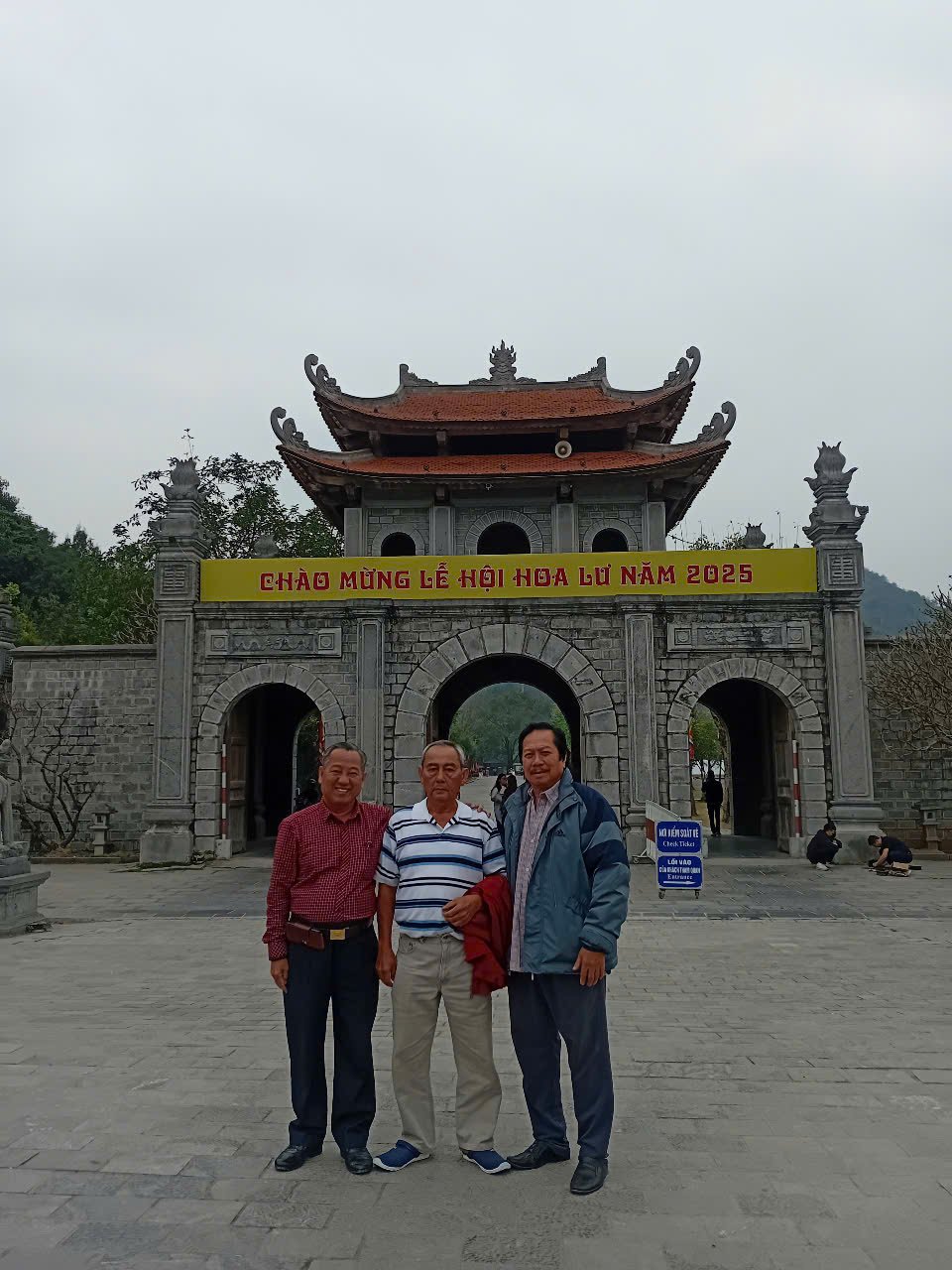
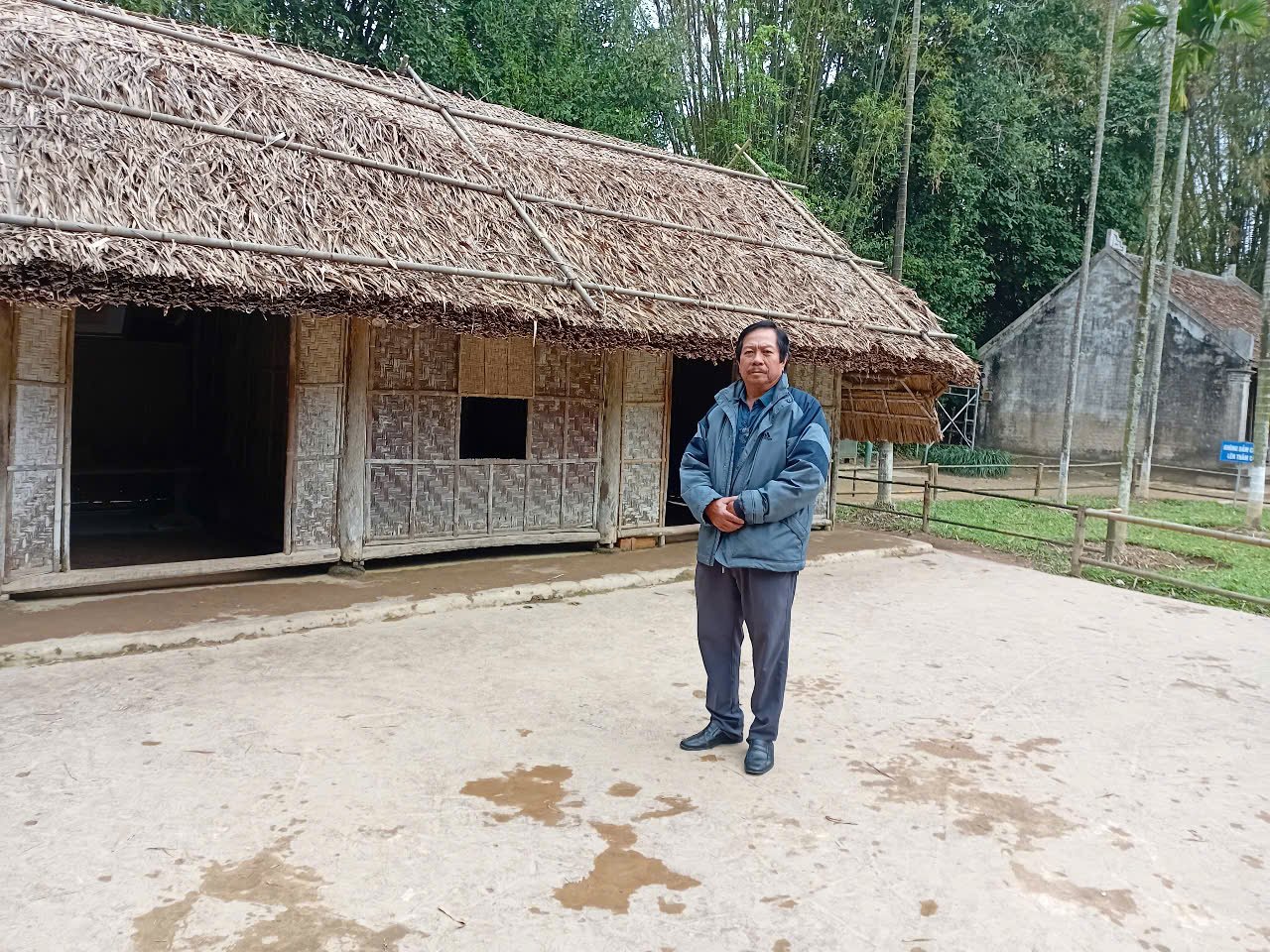
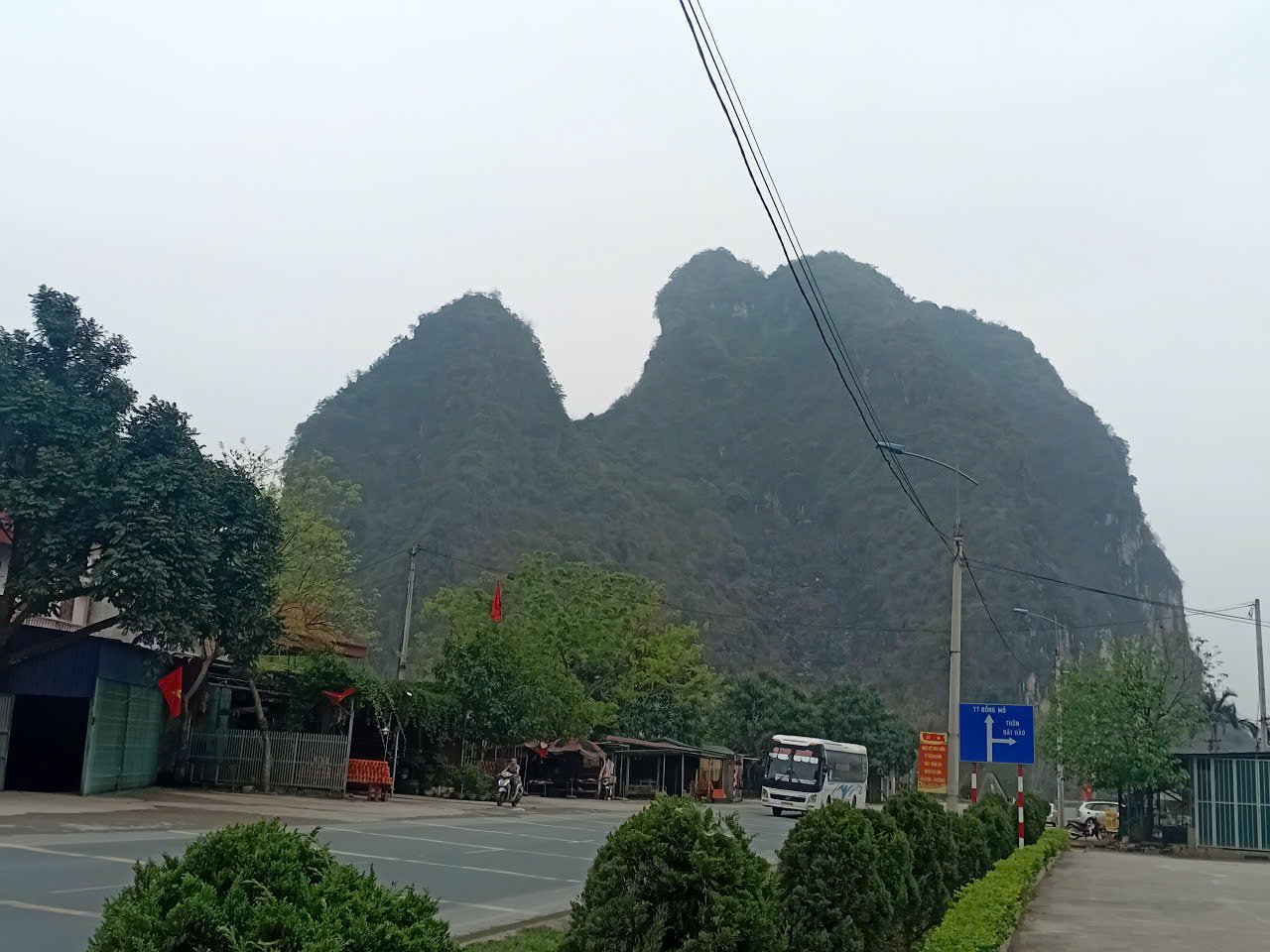
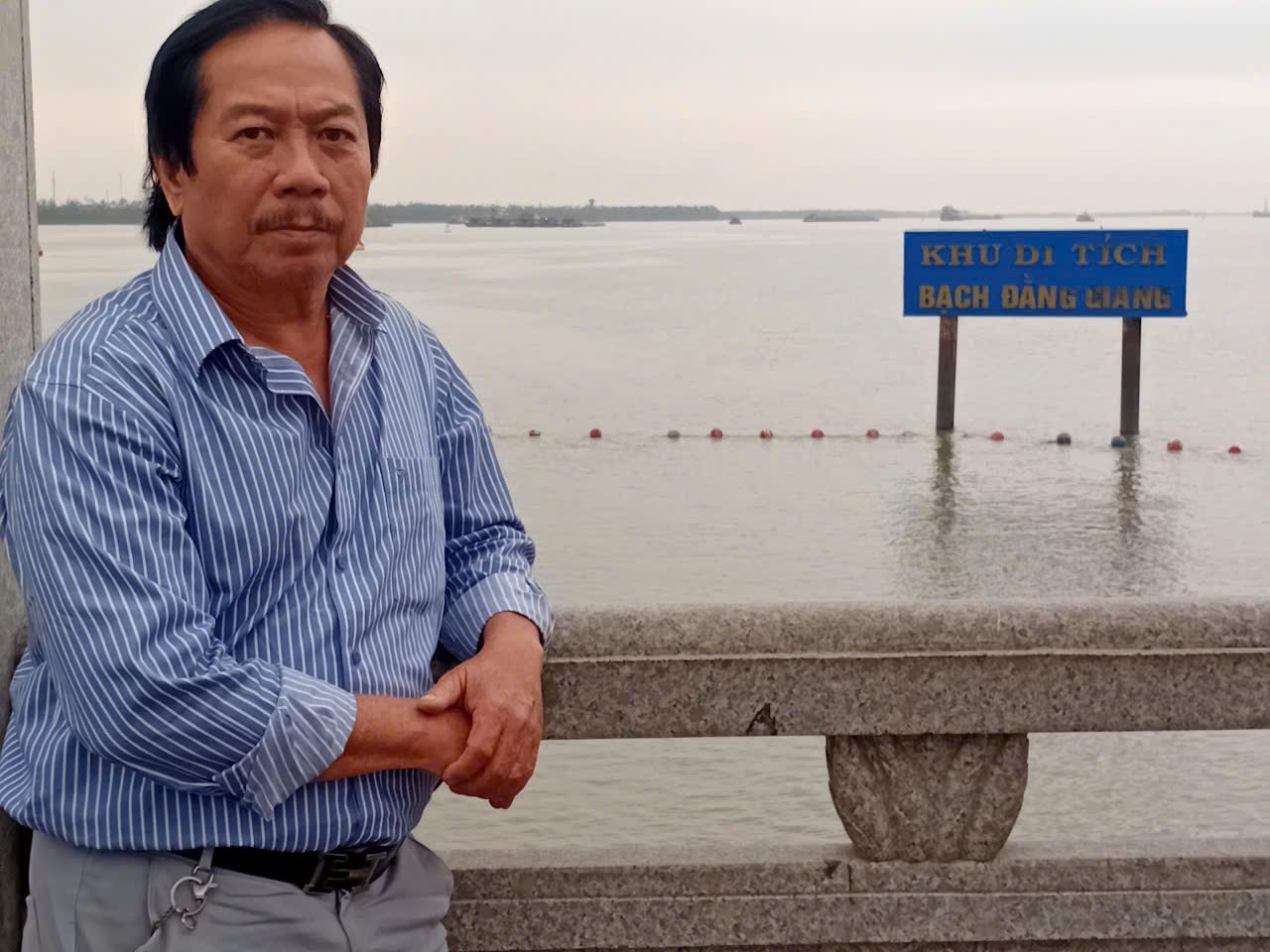


![[Photo] Prime Minister Pham Minh Chinh chairs conference on anti-smuggling, trade fraud, and counterfeit goods](https://vphoto.vietnam.vn/thumb/1200x675/vietnam/resource/IMAGE/2025/5/14/6cd67667e99e4248b7d4f587fd21e37c)





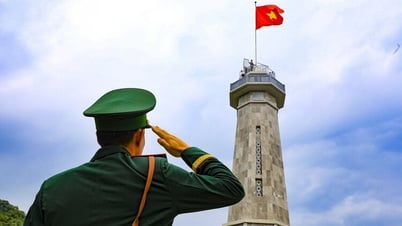

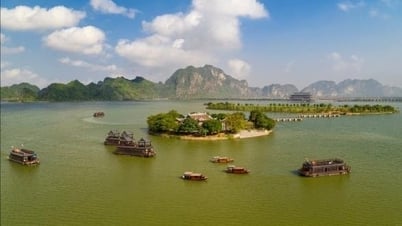



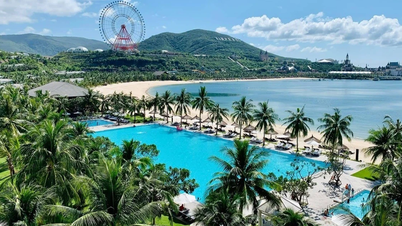







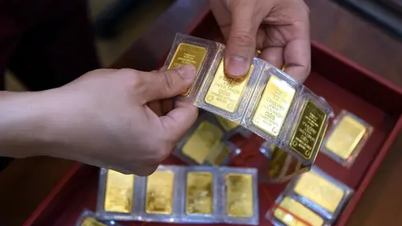
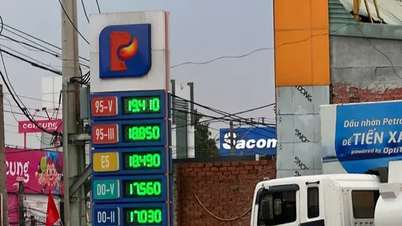
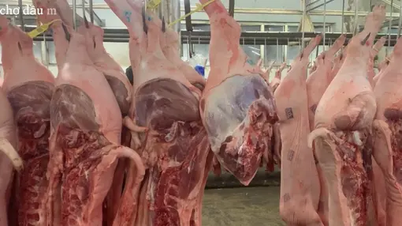
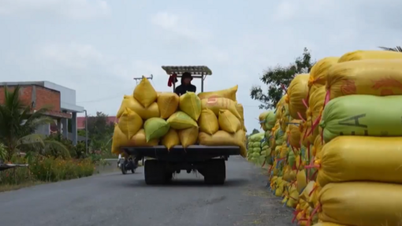




































































Comment (0)